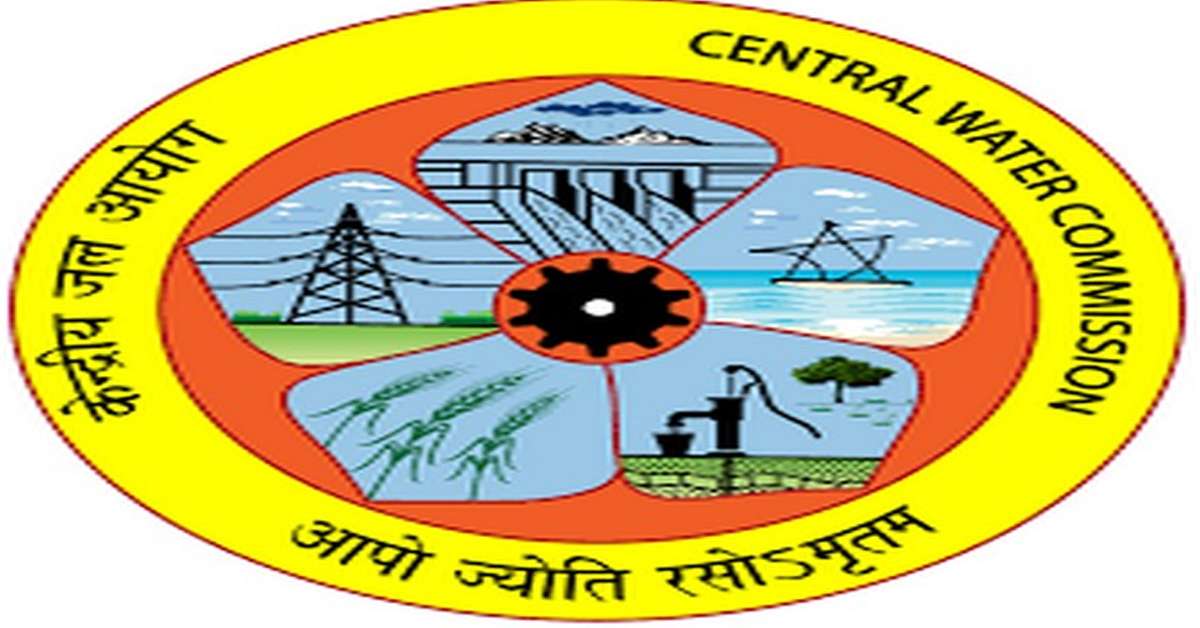
Central Water Commission (CWC)

Central Water Commission (CWC)
|
For Prelims: The Central Water Commission (CWC), Functions, Some of the major achievements of the CWC ,Key Facts about Mullaperiyar Dam, What is a masonry gravity dam? |
Why in the news?
The Kerala state government urged the Centre to speed up measures for building a new dam at Mullaperiyar in Idukki district at a meeting with the Central Water Commission recently.
About the Central Water Commission (CWC)
- It is a premier technical organisation in India in the field of water resources.
- It was established in 1945 as an advisory body to the Government of India on matters relating to water resources development and management.
- It is presently functioning as an attached office of the Ministry of Jal Shakti, Department of Water Resources, River Development, and Ganga Rejuvenation, Government of India.
Functions:
○The Commission is entrusted with the general responsibilities of initiating, coordinating and furthering in consultation of the State Governments concerned, schemes for control, conservation and utilization of water resources throughout the country, for the purpose of Flood Control, Irrigation, Navigation, Drinking Water Supply and Hydro Power Development.
●It also undertakes the investigations, construction and execution of any such schemes as required.
- It is headed by a Chairman, with the status of Ex-Officio Secretary to the Government of India.
- The work of the Commission is divided among three wings namely, Designs and Research (D&R) Wing, River Management (RM) Wing and Water Planning and Projects (WP&P) Wing.
- Each wing is placed under the charge of a full-time Member with the status of Ex-Officio Additional Secretary to the Government of India.
- Headquarters: New Delhi
Some of the major achievements of the CWC are:
- Preparation of National Perspective Plan for Water Resources Development (NPP) envisaging interlinking of rivers for optimal utilization of surplus water.
- Development of National Water Policy (NWP) providing a framework for water resources planning, allocation and management at various levels.
- Formulation of the National Hydrology Project (NHP) for strengthening the hydrological information system and improving the quality and reliability of data.
- Establishment of the National Water Informatics Centre (NWIC) for creating a comprehensive web-based water resources information system.
- Implementation of a Dam Rehabilitation and Improvement Project (DRIP) for improving the safety and operational efficiency of existing dams.
- Coordination of Jal Shakti Abhiyan (JSA) for enhancing water conservation and recharge activities across the country.
Key Facts about Mullaperiyar Dam:
- It is a masonry gravity dam situated on the Periyar River in Thekkady, Idukki district, in Kerala.
- It is located 881 m above sea level, on the Cardamom Hills of the Western Ghats.
- The dam is built at the confluence of the Mullayar and Periyar rivers.
- Its construction began in 1887 and was completed in 1895. The construction was carried out by the British Corps of Royal Engineers under the leadership of Pennycuick.
- The dam was constructed with limestone and “Surkhi" (burnt brick powder and a mixture of sugar and calcium oxide).
- The dam's purpose was to divert the waters of the west-flowing River Periyar eastward to the arid rain shadow regions of the Theni, Madurai, Sivaganga, and Ramanathapuram districts of Tamil Nadu.
- The Periyar National Park is located around the dam's reservoir.
- Although the dam is located in Kerala, it is operated and maintained by the neighbouring state of Tamil Nadu. It was according to a 999-year lease agreement made during British rule, that the operational rights were handed over to Tamil Nadu.
What is a masonry gravity dam?
- A masonry gravity dam is a dam built of concrete and stone, with the weight of the dam pressing it down onto the foundation.
- They were popular in the late 1800’s and early 1900’s because they were cheaper than other types of dams.
- The downside was that they required much more money to maintain and were prone to structural damage from earthquakes.
Source: The Hindu